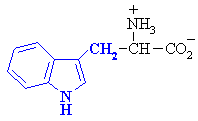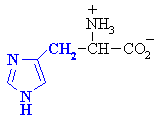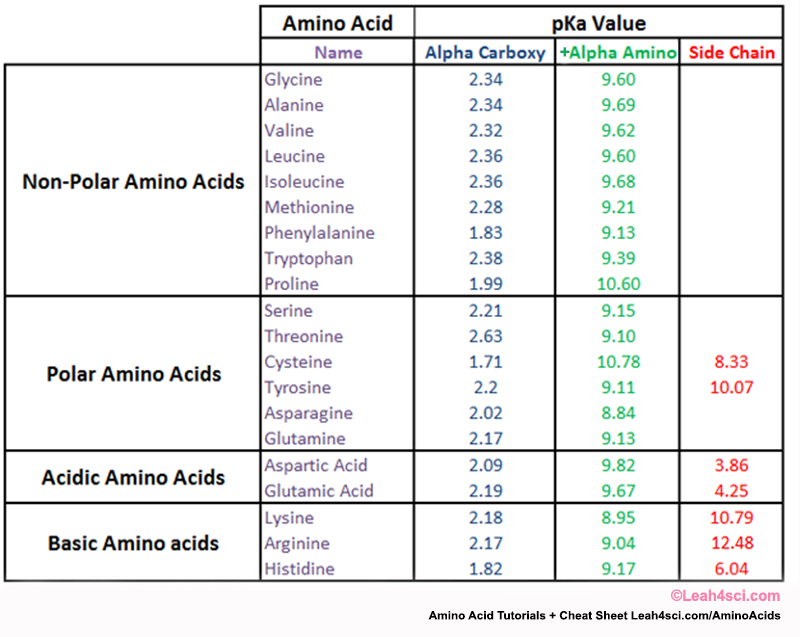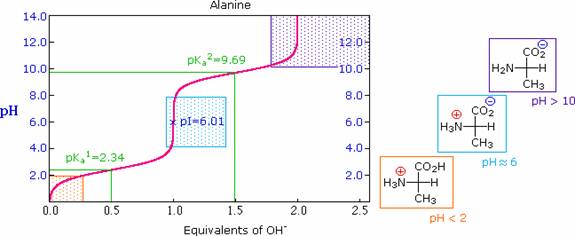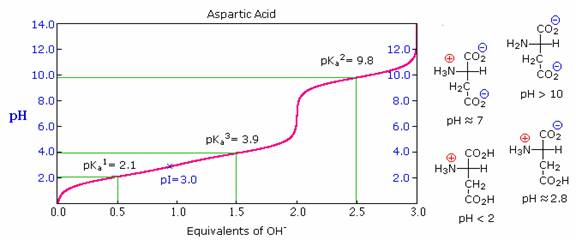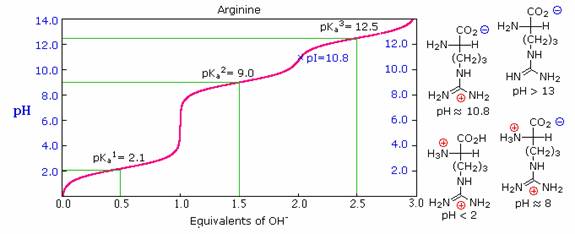Ionic Compounds
In ionic bonding, electrons are transferred from one atom to another resulting in the formation of positive and negative ions.
The electrostatic attractions between the positive and negative ions hold the compound together.
At the most ideal inter-atomic distance, attraction between these particles releases enough energy to facilitate the reaction. Most ionic compounds tend to dissociate in polar solvents because they are often polar.
This phenomenon is due to the opposite charges on each ions.
These noble gas structures are thought of as being in some way a "desirable" thing for an atom to have. One may well have been left with the strong impression that when other atoms react, they try to organize things such that their outer levels are either completely full or completely empty.
As shown in Equation 2.1, the electrostatic energy of the interaction between two charged particles is proportional to the product of the charges on the particles and inversely proportional to the distance between them:
Equation 2.1
where Q1 and Q2 are the electrical charges on particles 1 and 2, and r is the distance between them.
When Q1 and Q2 are both positive, corresponding to the charges on cations, the cations repel each other and the electrostatic energy is positive.
When Q1 and Q2 are both negative, corresponding to the charges on anions, the anions repel each other and the electrostatic energy is again positive.
The electrostatic energy is negative only when the charges have opposite signs; that is, positively charged species are attracted to negatively charged species and vice versa.

One example of an ionic compound is sodium chloride (NaC), formed from sodium and chlorine.
Consistent with a tendency to have the same number of electrons as the nearest noble gas, when forming ions, elements in groups 1, 2, and 3 tend to lose one, two, and three electrons, respectively, to form cations, such as Na+ and Mg2+.
They then have the same number of electrons as the nearest noble gas: neon. Similarly, K+, Ca2+, and Sc3+ have 18 electrons each, like the nearest noble gas: argon.
In addition, the elements in group 13 lose three electrons to form cations, such as Al3+, again attaining the same number of electrons as the noble gas closest to them in the periodic table.
Because the lanthanides and actinides formally belong to group 3, the most common ion formed by these elements is M3+, where M represents the metal. Conversely, elements in groups 17, 16, and 15 often react to gain one, two, and three electrons, respectively, to form ions such as Cl−, S2−, and P3−.
You can predict the charges of most monatomic ions derived from the main group elements by simply looking at the valence electronic configuratin of an element .
Note the Pattern
Elements in groups 1, 2, and 3 tend to form 1+, 2+, and 3+ ions, respectively; elements in groups 15, 16, and 17 tend to form 3−, 2−, and 1− ions, respectively.
Table 2.2 Some Common Monatomic Ions and Their Names
| Group 1 | Group 2 | Group 3 | Group 13 | Group 15 | Group 16 | Group 17 |
|---|---|---|---|---|---|---|
Li+
lithium
|
Be2+
beryllium
|
N3−
nitride
(azide)
|
O2−
oxide
|
F−
fluoride
| ||
Na+
sodium
|
Mg2+
magnesium
|
Al3+
aluminum
|
P3−
phosphide
|
S2−
sulfide
|
Cl−
chloride
| |
K+
potassium
|
Ca2+
calcium
|
Sc3+
scandium
|
Ga3+
gallium
|
As3−
arsenide
|
Se2−
selenide
|
Br−
bromide
|
Rb+
rubidium
|
Sr2+
strontium
|
Y3+
yttrium
|
In3+
indium
|
Te2−
telluride
|
I−
iodide
| |
Cs+
cesium
|
Ba2+
barium
|
La3+
lanthanum
|
Some common ions which do no have noble gas structures
You may have come across some of the following ions, which are all perfectly stable, but not one of them has a noble gas structure.
| Fe3+ | [Ar]3d5 | |
| Cu2+ | [Ar]3d9 | |
| Zn2+ | [Ar]3d10 | |
| Ag+ | [Kr]4d10 | |
| Pb2+ | [Xe]4f145d106s2 |
There are large number of ions which do not have noble gas structures but stable.
- Noble gases (apart from helium) have an outer electronic structure ns2np6. Apart from some elements at the beginning of a transition series (scandium forming Sc3+ with an argon structure, for example), all transition metal elements and any metals following a transition series (like tin and lead in Group 4, for example) will have structures like those above.
- That means that the only elements to form positive ions with noble gas structures (apart from odd ones like scandium) are those in groups 1 and 2 of the Periodic Table and aluminum in group 3 (boron in group 3 does not form ions).
- Negative ions are tidier! Those elements in Groups 5, 6 and 7 which form simple negative ions all have noble gas structures.
as such Nacl (sodium ion has inert gas configuration , more stable ) is more ionic then AgCl (Ag ion has pseudo inert gas configuration)
Factors affecting Ionic Bond Formation
Low ionisation energy
Ionisation energy is the amount of energy, which is required to remove the most loosely bound electron(s) from an isolated gaseous atom to form a positive ion. In forming an ionic bond, one atom must form a cation by losing one or more electrons. In general, elements having low ionisation energies have a more favourable chance to form a cation, thereby having a greater tendency to form ionic bonds. Thus, lower ionization energy of metallic elements favours the formation of an ionic bond. It is because of low ionization energy that the alkali and alkaline earth metals, form ionic compounds.
High electron affinity
Electron affinity is the amount of energy released, when an isolated gaseous atom accepts an electron to form a negative ion. The other atom participating in the formation of an ionic compound must form an anion by gaining an electron (s). Higher electron affinity favours the formation of an anion. Therefore, generally, the elements having higher electron affinity favour the formation of an ionic bond. Halogens have high electron affinities, and therefore halogens generally form ionic compounds.
Large lattice energy
When a cation, and an anion come closer to each other, they get attracted to each other due to the coulombic force of attraction. These electrostatic forces of attraction between oppositely charged ions release a certain amount of energy (when the ions come closer) and an ionic bond is formed. If the coulombic attractions are stronger, then more energy gets released and a more stable ionic bond is formed.
Lattice energy 'is the energy released when one mole of an ionic compound in crystalline form is formed from the constituent ions'. Therefore, larger lattice energy would favour the formation of an ionic bond. Lattice energy thus is a measure of coulombic attraction between the combining ions. The lattice energy of an ionic compound depends directly on the product of the ionic charges, and inversely on the square of the distance between them.Lattice Energy=q1xq2\d2.
Thus, small ions having higher ionic charge shall have larger lattice energy. Lattice energies of various sodium halides are:
The minus sign of lattice energy indicates that the energy is released from ions in the gaseous state, during the formation of solid ionic compound.
An ionic bond is formed through the steps described above. Now, if the total energy released is more than that which is absorbed, then the formation of ionic compound is favoured. - The greater the electronegativity between two bonded atoms, the greater the likelihood of an ionic bond being formed.
- However, the electronegativity of an element itself is not the only factor in deciding bond character!
- The different results of the 'tug of war' between two positive nuclei acting on the intermediate bonding electrons produces a range of bond character from complete electron transfer in ionic bond formation (e.g. M+ and X-), to a highly polar covalent bond (Mδ+-Xδ-) of partially charged atoms and at the other extreme a virtually non-polar bond (X-Y) of two atoms, neither of which carries a significant partial charge.
- Electronegativity, the power of an element to attract bonding electrons towards it in a bonding situation, is just one, albeit important, factor in deciding the outcome of the character of an individual bond.
- The stronger the polarising power of the cation and the higher the polarisability of the anion the more covalent character is expected in a bond.
- If a cation has appreciable polarising power to draw bonding electron clouds towards it OR the bonding electron clouds of an anion are attracted towards the cation, then covalent bonding character is more likely.
- Polarising power for cations is very much a case of increasing with increased ion charge/ionic radius.
- So, the smaller the ionic radius or the bigger the positive charge, the greater the polarising power of the cation.
- e.g. in terms of polarising power Al3+ > Mg2+ >Na+ for the series of Period 3 positive ions where you have both coincident decreasing radii and increasing charge.
- For Group ions, polarising power will decrease down the group with increasing ionic radius and constant charge.
- therefore in polarising power Li+ > Na+ >K+ for Group 1 Alkali Metals etc.
- or Be2+ > Mg2+ > Ca2+ for Group 2 Alkaline Earth Metals
- Examples of the outcome of this factor are
- increasing ionic character NaCl > MgCl2 > AlCl3
- The latter is just ionic in the lattice, but vaporises to a covalent dimer.
- increasing ionic character KCl > NaCl > LiCl
- As the cation gets larger for same charge its polarising power diminishes.
- Change in oxidation state can also change the bond character significantly. Iron(II) chloride is essentially ionic in character and iron(III) chloride is basically covalent because the polarising power of the smaller and more highly charged iron(III) ion.
- increasing ionic character NaCl > MgCl2 > AlCl3
- For anions, the larger the ionic radius and the greater its charge, the more polarisable it is.
- So in terms of polarisability I- > Br- > Cl- > F- (for halide ions for constant charge and decreasing radius)
- or polarisability of Si4- > P3- > S2- > Cl- (for a series of Period 3 anions of decreasing charge and decreasing ionic radius)
- therefore you expect for ...
- A series of Group 2 halides the ionic character CaCl2 > MgCl2 > BeCl2
- Calcium chloride is essentially ionic and beryllium chloride is essentially covalent.
- The series of Period 3 chlorides the ionic character be NaCl > Na2S > Na3P > SiCl4
- In fact sodium chloride is very ionic high melting lattice and silicon(IV) chloride is very covalent low boiling liquid!
- A series of Group 1 halide salts the ionic character trend is KF > KCl > KBr > KI
- Potassium iodide is essentially ionic, but its 'partial' covalent character is shown by the fact that it dissolves in polar solvents like propanone (acetone) whereas highly ionic potassium chloride is ~insoluble in polar organic solvents.
-
 What this set of paragraphs illustrates is a much wider and deeper approach to electronegativity than e.g. the electronegativity number quoted on the Pauling scale.
What this set of paragraphs illustrates is a much wider and deeper approach to electronegativity than e.g. the electronegativity number quoted on the Pauling scale.

Properties of ionic compounds
- The diagram above shows a typical of the giant ionic crystal structure of ionic compounds like sodium chloride and magnesium oxide.
- The alternate positive and negative ions in an ionic solid are arranged in an orderly way in a giant ionic lattice structure.
- The ionic bond is the strong electrical attraction between the positive and negative ions next to each other in the lattice.
- The bonding extends throughout the crystal in all directions.
- Halide salts are typical ionic compounds.
- This strong bonding force makes the structure hard (if brittle) and have high melting and boiling points, so they are not very volatile!
- A relatively large amount of energy is needed to melt or boil ionic compounds. Energy changes for the physical changes of state of melting and boiling for a range of differently bonded substances are compared in a section of the Energetics Notes.
- The bigger the charges on the ions the stronger the bonding attraction e.g. magnesium oxide Mg2+O2- has a higher melting point than sodium chloride Na+Cl-.
- Unlike covalent molecules, ALL ionic compounds are crystalline solids at room temperature.
- They are hard but brittle, when stressed the bonds are broken along planes of ions which shear away. They are NOT malleable like metals.
- Many ionic compounds are soluble in water, but not all, so don't make assumptions.
- Salts can dissolve in water because the ions can separate and become surrounded by water molecules which weakly bond to the ions.
- This reduces the attractive forces between the ions, preventing the crystal structure to exist. Evaporating the water from a salt solution will eventually allow the ionic crystal lattice to reform.
- The solid crystals DO NOT conduct electricity because the ions are not free to move to carry an electric current. However, if the ionic compound is melted or dissolved in water, the liquid will now conduct electricity, as the ion particles are now free.
- See also Notes on ionic bonds and ionic compounds
The conditions that favour the formation of an ionic bond (or ionic compound) are summarized below:
- Low ionisation energy of the metallic element, which forms the cation.
- High electron affinity of the non-metallic element, which forms the anion.
- Large lattice energy i.e., the smaller size and higher charge of the ions.
How to arrange the bonds in order of increasing ionic character in the molecules: LiF, K2O, N2, SO2 and ClF3?
The main point to remember here is the number of electronegative atoms in each compound and the difference in electronegativity between the atoms of a compound. In case of N2, the difference in electronegativity between both N atoms is zero, since both atoms are same. So, it is least ionic.
In LiF, the difference between electronegativity is huge, since F is highly electronegative while Li is a metal, so it isn't electronegative at all. Thus, LiF is the most ionic compound.
Then comes K2O. Since it has a metal, K, bonded to an electronegative element, O, it is an ionic compound though not as ionic as LiF, since Flourine is much more electronegative than Oxygen.
In both SO2 and ClF3, non-metals are bonded to each other. But because F is more electronegative than O, and there are 3 F atoms in ClF3 as compared to 2 O atoms in SO2, ClF3 is more ionic than SO2.
Hence the correct order of electronegativity is : N2 < SO2 < ClF3 < K2O < LiF
In LiF, the difference between electronegativity is huge, since F is highly electronegative while Li is a metal, so it isn't electronegative at all. Thus, LiF is the most ionic compound.
Then comes K2O. Since it has a metal, K, bonded to an electronegative element, O, it is an ionic compound though not as ionic as LiF, since Flourine is much more electronegative than Oxygen.
In both SO2 and ClF3, non-metals are bonded to each other. But because F is more electronegative than O, and there are 3 F atoms in ClF3 as compared to 2 O atoms in SO2, ClF3 is more ionic than SO2.
Hence the correct order of electronegativity is : N2 < SO2 < ClF3 < K2O < LiF
































